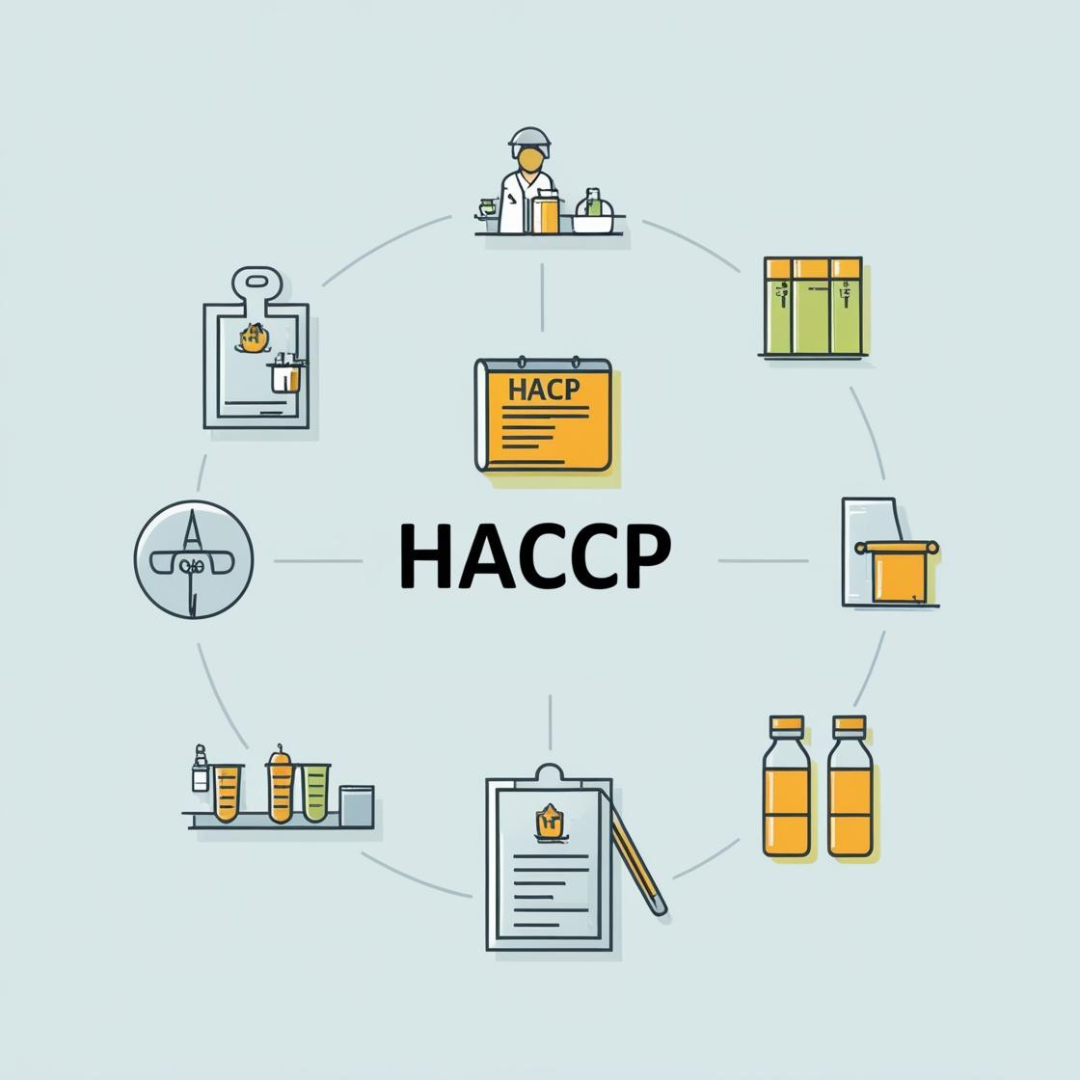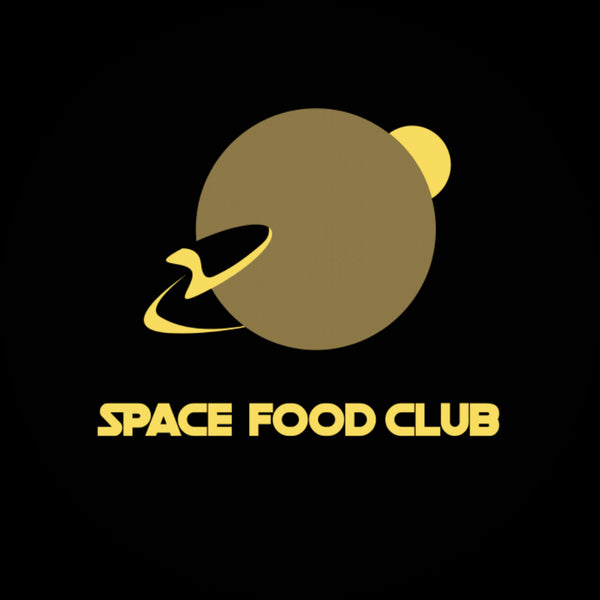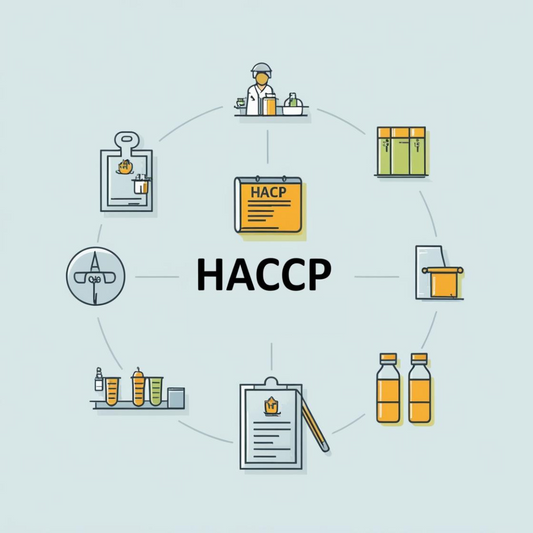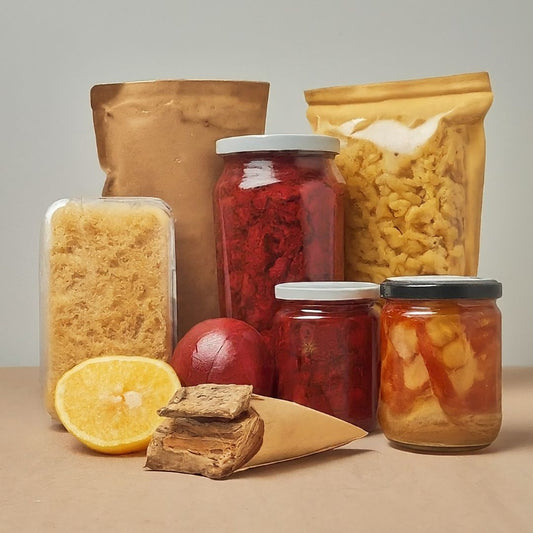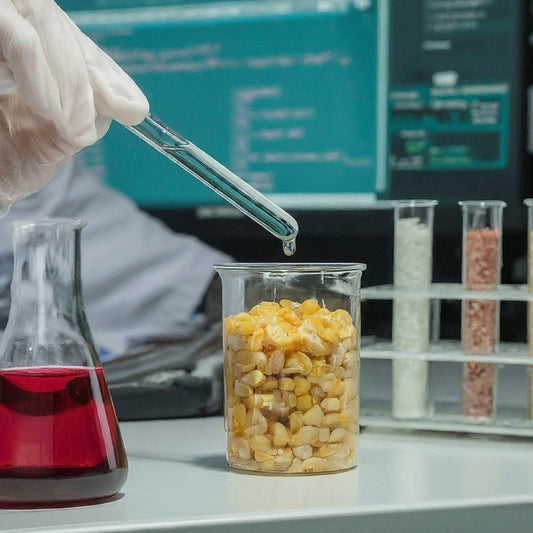❄️ Freeze Drying: The Gold Standard for Nutrient Preservation
Share
🔬 What is Freeze Drying?
Freeze drying, or lyophilization, is a dehydration process where food is frozen, and then the surrounding pressure is reduced to allow the frozen water to sublimate—transform directly from solid (ice) to vapor—without passing through the liquid phase.
🧬 Why It Retains Nutrition Best
1. Low-Temperature Drying:
Because freeze drying avoids high heat, sensitive nutrients like vitamin C, B vitamins, polyphenols, and probiotics remain intact.
2. No Liquid Phase = Less Damage:
Since water bypasses the liquid state, there's no leaching or oxidation, which preserves flavor, color, aroma, and bioactivity.
3. Microstructure Stability:
Cellular structure remains largely intact, which helps in maintaining rehydration ability and mouthfeel of the final product.
✅ Pros of Freeze Drying
Advantage Details
Best Nutrient Retention Vitamins, antioxidants, enzymes, and flavors are preserved better than with any other drying method.
Long Shelf Life Freeze-dried products have very low moisture (1–4%) and are highly shelf-stable without refrigeration.
Lightweight and Portable Ideal for astronaut food, trekking meals, and emergency kits.
Fast Rehydration Products quickly regain original texture with water.
No Additives Needed No need for preservatives or sugar for shelf life or flavor.
❌ Cons of Freeze Drying
Disadvantage Details
High Cost Equipment and energy costs are significant—limits use to premium or high-value products.
Slow Process Freeze drying takes much longer than conventional drying (up to 24–48 hours per batch).
Not Suitable for All Foods High-fat or oily foods don’t freeze dry well (e.g., cheese, nuts, avocado).
Texture Sensitivity Some products become brittle or chalky after drying (unless optimized).
🍓 Applications in the Food Industry
Category Examples
Fruits & Vegetables Strawberries, blueberries, mango, spinach—used in cereals, snacks, and smoothies.
Instant Foods Soups, coffee, teas, or ready-to-eat meals with instant rehydration ability.
Dairy Products Freeze-dried yogurt drops or cheese powders (for premium use).
Probiotics & Functional Ingredients Used to stabilize live cultures and bioactive compounds in supplements and fortified foods.
Space & Military Rations Light, shelf-stable, nutrient-dense meals for long missions.
Gourmet Ingredients Mushrooms, herbs, and meat for high-end cooking.
🔮 Future Outlook
As the demand for clean-label, nutrient-dense, long-shelf-life products rises, freeze drying is gaining popularity in functional foods, nutraceuticals, and personalized nutrition. With advances in energy efficiency and automation, costs may come down, enabling wider application.
